캐나다 예루살렘 아티초크 알아보기
•9월 25 2020 에 게시됨

예루살렘 아티초크 ( Helianthus tuberosus )는 일명 선초크 또는 지라솔 아티초크로 북미 대부분 지역에서 자라고(유럽에서 귀화) 보통 들판이나 초원에서 발견되며, 풍부한 토양을 선호하지만 많은 서식지를 식민지화할 수 있습니다. 가을과 겨울 내내 땅이 완전히 얼지 않았다면 많은 양의 괴경을 수확할 수 있습니다. 식물은 종종 높이가 10피트 이상으로 자라며 때로는 작은 노란색 꽃이 위에 있기 때문에 쉽게 발견할 수 있습니다. 일단 패치가 자리 잡으면 계속 자랄 것입니다. 정원에 도입한 다음 몇 번 옮기는 실수를 한 사람들은 여러 개의 패치를 발견했습니다.
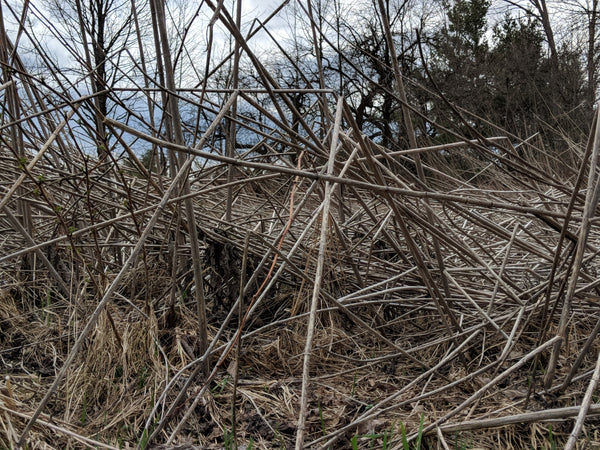
이 키 큰 식물은 친척인 해바라기와 비슷해 보이고, 녹색 구형 아티초크와는 전혀 다릅니다. 이들은 종종 혹이 있는 감자와 비슷한 괴경을 생산하고, 다른 것들은 매끈한 고구마와 비슷합니다. 이들은 원주민에게 매우 중요한 음식이었고, 유럽인들이 처음으로 집어 들고 유럽으로 가져온 음식 중 하나였습니다. 여러 세대에 걸쳐 잊혀진 후, 토코크는 이제 요리사와 가정 요리사들에게 새로운 인기를 얻고 있습니다. 북부 온타리오의 원주민이 강건하고 일찍 자랐으며 크기가 좋은 괴경을 가진 여러 품종을 포함하여 다양한 품종이 있습니다.
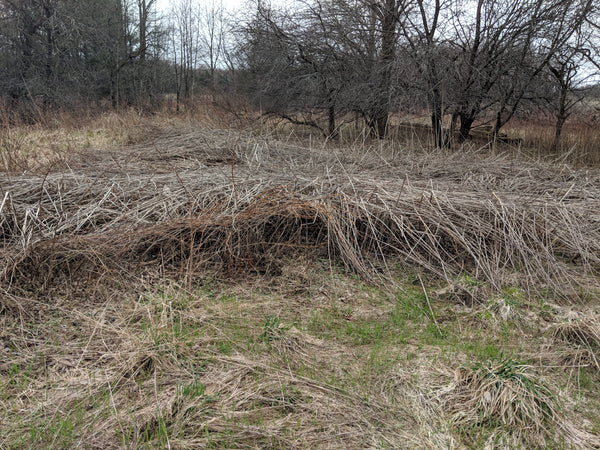
괴경을 파기 가장 좋은 시기는 첫 번째 심한 서리 이후 가을입니다. 대부분의 괴경 성장은 늦여름에서 가을 중반이기 때문입니다. 삽과 큰 바구니를 가지고 밭 한쪽에서 파기 시작합니다. 흙 덩어리를 쪼개고 줄기를 잡아당깁니다. 종종 몇몇 괴경이 뿌리에 붙어 있습니다. 흙 덩어리를 쪼개고 바구니에 괴경을 넣습니다. 좁은 참호를 파기 시작하면 손을 땅에 넣고 더 많은 괴경을 찾아보세요. 보통 땅 표면에서 몇 인치 아래에 있습니다.
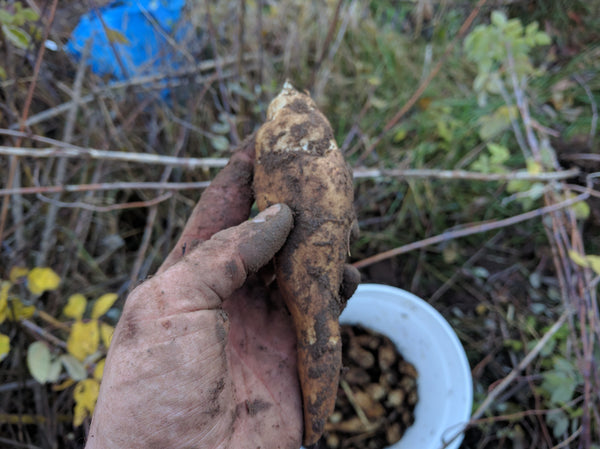
한 식물에서 때때로 몇 파운드의 괴경이 나올 수 있습니다. 작은 괴경은 흙에 두고 다른 작은 괴경은 뿌리에서 꺾어서 함께 심습니다. 그 작은 괴경 하나하나가 다음 가을에 많은 괴경이 있는 큰 식물을 만들어냅니다. 제가 가장 좋아하는 밭은 매년 겨울이 되면 완전히 얼어붙지만 4월에 수확할 수 있습니다. 일반 감자와 달리 예루살렘 아티초크 괴경은 얼고 녹는 것에 영향을 받지 않습니다. 그래서 땅에 두면 언제든지 꺼낼 수 있습니다. 냉동고에 넣기로 했다면 씻지 않고 흙이 묻어 있는지 확인하세요. 어떤 이유에서인지 이렇게 하면 해동 시 으깨지는 것을 막을 수 있습니다. 일반적으로 저는 냉장고 바닥에 약 5파운드를 보관합니다. 예루살렘 아티초크는 오래 보관하면 탄수화물 이눌린을 천천히 과당으로 전환하기 때문에 더 달콤해집니다. 사람들은 이눌린을 잘 소화하지 못하기 때문에 특히 따뜻한 기후에서 온 신선한 괴경은 가스를 유발할 수 있습니다. 가을에 첫 서리가 내린 후나 봄에 싹이 트기 전에 따서 요리하기 전에 몇 주 동안 놓아두는 것이 좋습니다.
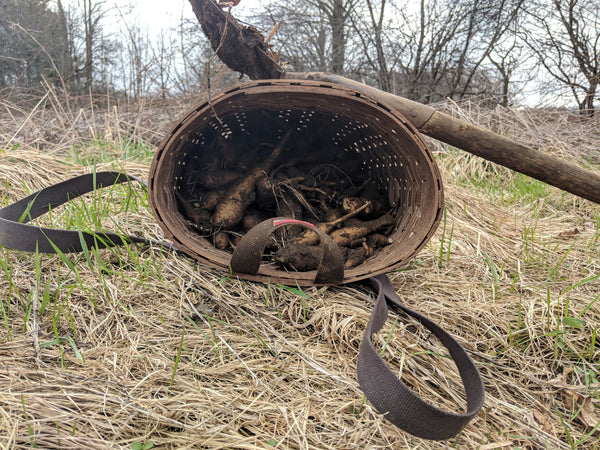
이 괴경을 주방에 가져갈 때, 몇 개를 가져가서 잘 씻고, 솔을 사용하여 끈적끈적한 흙 조각을 제거한 다음, 냉장고에 넣기 전에 말립니다. 씻고 흙을 제거하면 보관 기간이 단축되므로, 깨끗이 씻은 토피나무는 며칠 이내에 사용합니다.
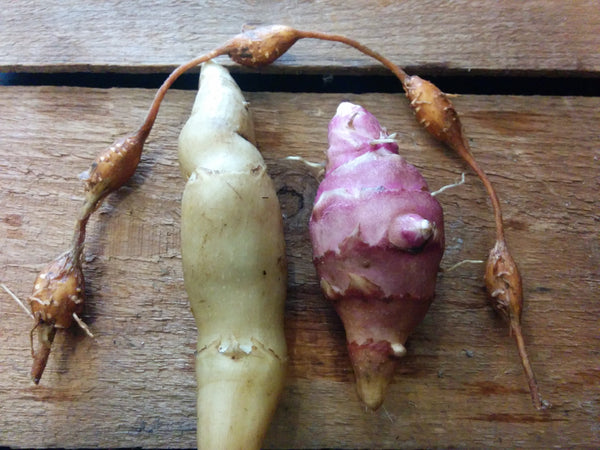
감자와 같은 다른 괴경과 마찬가지로 예루살렘 아티초크는 조리하는 것이 가장 좋지만, 감자와 달리 샐러드나 스무디에 넣어 생으로 먹을 수도 있습니다. 얇게 썬 아티초크는 무와 비슷한 멋진 바삭함을 가질 수 있습니다. 괴경을 끓이면 뭔가 묽어질 수 있으므로 굽는 것이 선호하는 조리 방법으로, 천연 당분을 캐러멜화하여 풍미에 깊이를 더하는 데 도움이 됩니다.
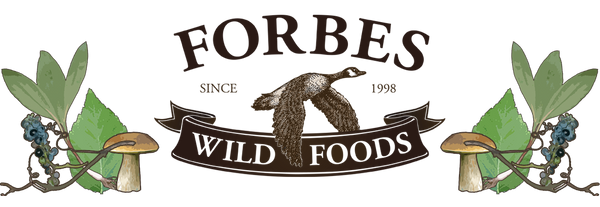
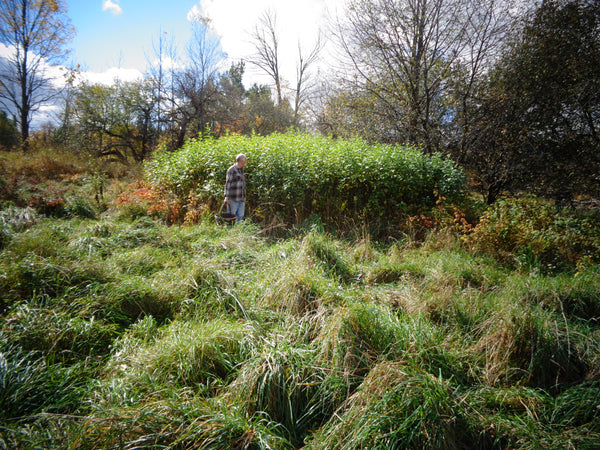



댓글
1 댓글
-

게시자 Scott Gillis | December 19, 2024
댓글을 남겨주세요Just did a quick search on where to buy these as I am constantly explaining what they are to people. Anyway, I found your interesting article and it echoes many of my experiences. Firstly, I grew up in the Annapolis Valley and recall, early in my life, my father bringing some of these from my mother’s parent’s garden in Clifton, New Brunswick on the Kennebecasis River. Within a very short time they were a Thanksgiving and Christmas dinner staple that everyone seemed to like (I come from a large family). As we moved away from our homes we missed them and my mother sent me some in the mail (to St. John’s, NL) one year which instead of eating, I dropped into the tiny garden in my backyard. As anticipated they thrived and I was quickly able to harvest them for my annual holiday dinners. My young family grew to love them and my youngest in particular craves them as I do. I have since shipped them to my brothers in Cape Breton and ironically back in New Brunswick where one lives across the river from the “original” source. He also got them from home over the years but in the area he lives the deer without exception mow down his little vegetable garden and these included. In Cape Breton on the gulf shore, they have gone crazy and grow 7 – 8 feet as well as maturing to flower each fall (I think mine only did that once in Newfoundland). The shipping directions you provide I eventually discovered as I ended up visiting my daughter and cooking some which went mushy when they thawed and the ones I sent to siblings the same until I left a little earth on them. I concluded that by the fact that they last all winter in the ground surrounded by mud and frost so maybe… Anyway, just nice to read from someone else who has knowledge of them. I found them in Sobeys here probably 40 years ago now under the name sunchokes – recognizing them immediately. Ate them in a high end restaurant here once more recently (Raymonds) and had to ask the chef where he got them. He indicate a local supplier but I haven’t seen them anywhere else either in a restaurant or a store. Always cook them the way Mum did – boil lightly until just done (or as you know they go to mush very quickly) and make a roux with onion powder and a pinch of ground cloves (I think Mum just made the white sauce). I guess the skin tone can vary. Mine are normally quite purple in tone. Oh, and always throw the peels back in the garden to propagate for next year.